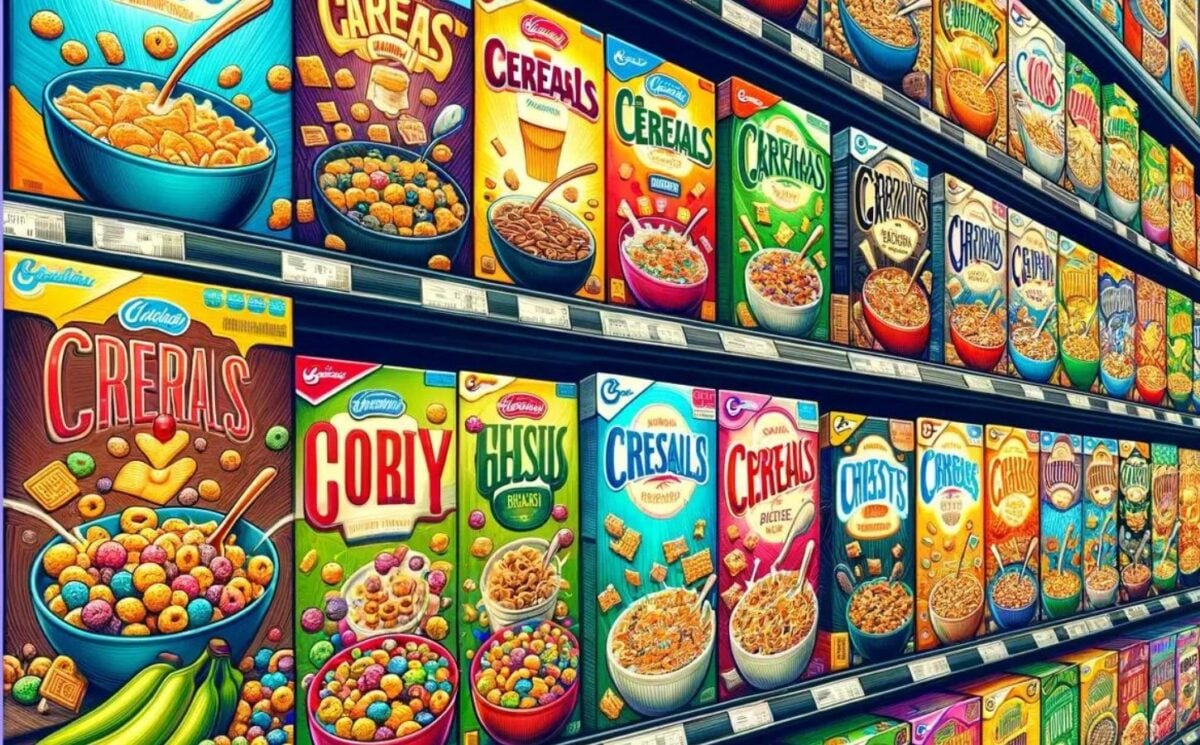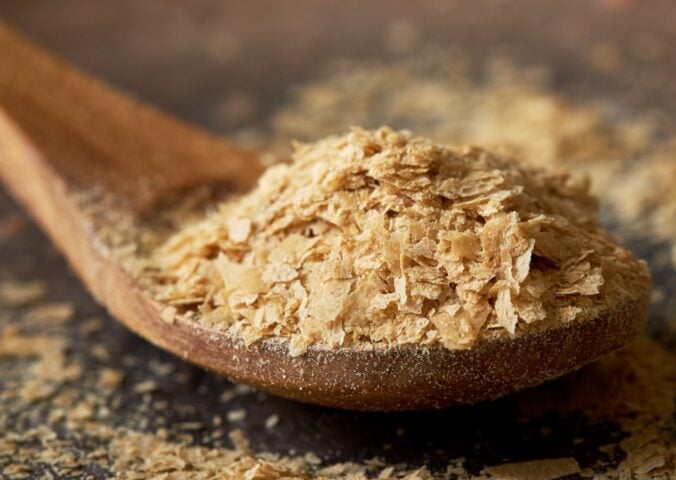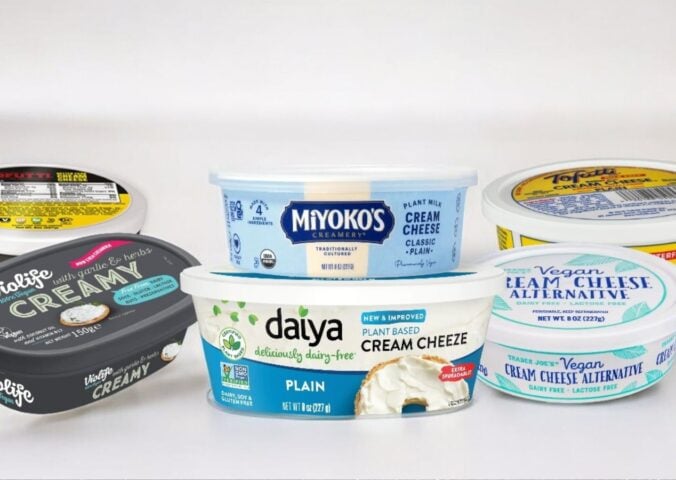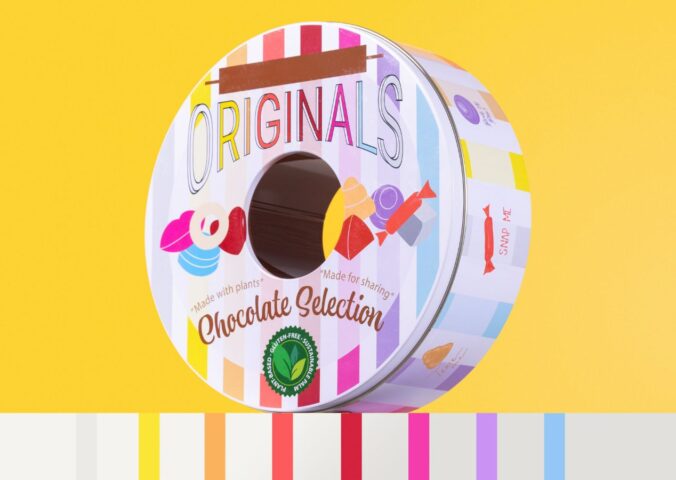Through the long, dark winter months, it can be hard to get enough vitamin D, known as the “sunshine vitamin.” Our bodies can produce it, but we need sunlight to do so. That’s why it’s recommended to take supplements or eat foods that are fortified with or naturally contain vitamin D when the sun is scarce, no matter your diet.
It’s possible to get vitamin D2 from mushrooms and vegan-friendly supplements and fortified foods like plant-based milk. But foods containing vitamin D3 are animal-based, and D3 added to foods can often be sourced from animals too.
This means that many foods fortified with vitamin D3 aren’t vegan-friendly. A key example is some (but not all) breakfast cereals, which may appear to have animal-free ingredients at first glance. Here’s everything you need to know about vitamin D3, where it comes from, and which foods may contain it.
Why you need vitamin D
Vitamin D plays an important role in keeping your body healthy. It helps us to absorb calcium and phosphate, which we need to make our bones and teeth strong. Vitamin D may also contribute to muscle and immune system health.
Vitamin D deficiencies can lead to bones being malformed, a condition called rickets. In adults, deficiency can cause bone pain called osteomalacia and osteoporosis.
Vitamin D2 and D3 both increase the amount of vitamin D in your body. But some evidence indicates that D3 does so more effectively.
Animal sources of vitamin D3
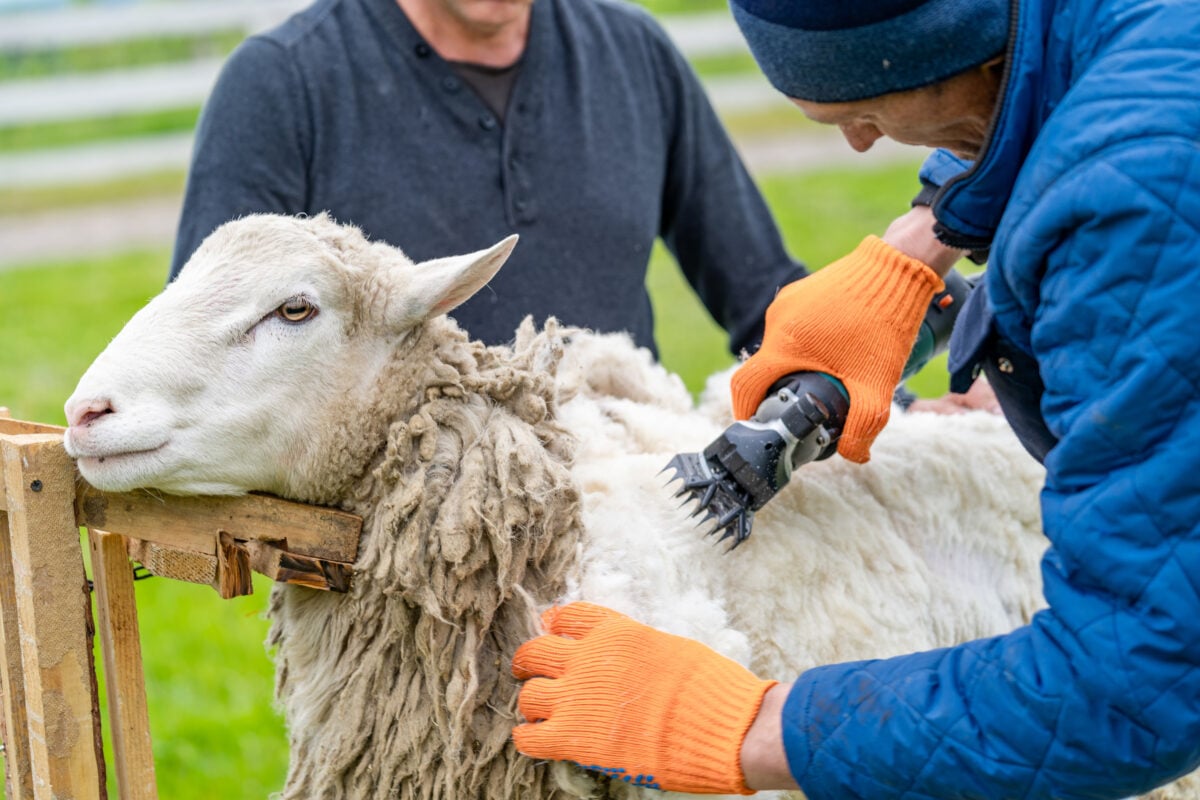
Foods that naturally contain vitamin D3 include red meat, liver, egg yolks, and oily fish like salmon, sardines, and mackerel. When added to foods, vitamin D3 has typically been derived from lanolin, a waxy substance extracted from sheep’s wool.
How is lanolin extracted
Lanolin makes up between 10 and 15 percent of the weight of a sheep’s shorn fleece. It is extracted when the fleece goes through a highly polluting process called scouring to remove the grease. The lanolin in then extracted through further processing.
Lanolin contains a substance called 7-dehydrocholesterol, which becomes Vitamin D3 when exposed to UVB light.
Why isn’t lanolin vegan?
Though sheep’s wool is often marketed as ethical, it often involves harming the sheep and ends eventually in their slaughter.
In Australia, one of the biggest sheep farming countries in the world, museling is a common practice which involves cutting off a bit of flesh around their backside. It is done to prevent flystrike – when blowlfies lay eggs in soiled fleece and wounds. The procedure is frightening for the sheep as they must be restrained first, and their flesh is usually sliced off without pain relief.
Elsewhere, including in the UK, lambs routinely have their tails cut off (“tail docking”) to prevent their fleeces from becoming soiled. Another routine mutilation of lambs is castration, done using a tight rubber ring, clamp, or surgery. It is meant to prevent unwanted breeding and thought to make them easier to handle when they are bigger.
In some countries, wool’s limited economic value means it is a by-product of the meat industry. In other countries with large populations of farmed sheep, such as New Zealand and Australia, sheep are considered “dual-purpose,” farmed for both their wool and meat. All end up in a slaughterhouse.
Lanolin provides another revenue stream for sheep farmers, making wool more valuable.
Plant source of vitamin D3
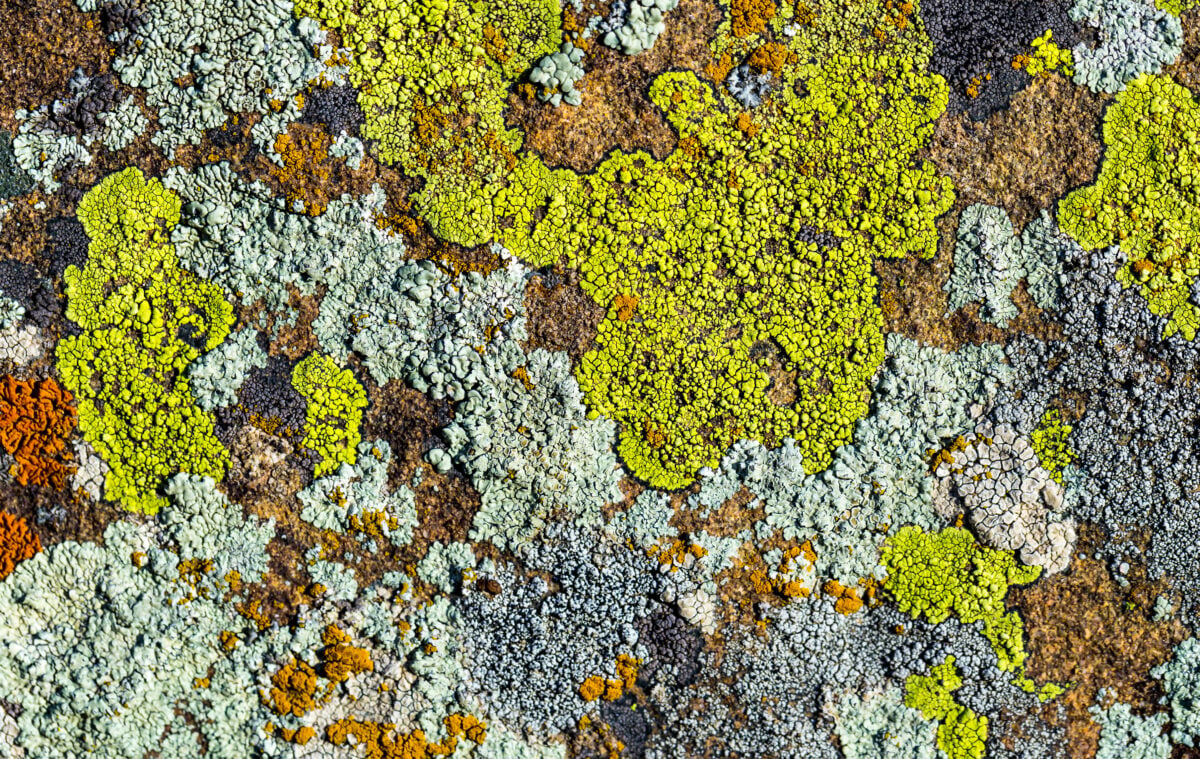
The main plant-based source of vitamin D3 is lichen. Lichens originate from fungi but are a mix of the fungus and algae and/or cyanobacteria. They exist together in a symbiotic relationship.
We don’t eat lichens, but they have long been used in traditional medicine for their purported antibacterial and antiviral properties. As a plant-based source of vitamin D3 in supplements, lichen has been gaining ground for the past decade.
There aren’t many studies into the efficacy of lichen as a vitamin D3 source. But one industry study found that lichen-based D3 was absorbed at a higher rate than other vitamin D supplements in patients with vitamin D deficiencies.
Fortified foods
Foods fortified typically fortified with vitamin D include some cereals, oats, breads, and orange juices, as well as dairy products.
Many fortified foods such as cereals simply list “vitamin D” among their ingredients, so it isn’t always clear if it is derived from lanolin or not. If you want to be careful to avoid consuming lanolin-derived vitamin D3, it’s safest to opt for fortified foods that are specifically labelled as vegan. Alternatively, you could reach out to the brand to make sure.
Common brands that are thought to use animal-based vitamin D include many of Kellogg’s cereals such as Special K and Corn Flakes.
Some breads are fortified with vitamin D, such as Kingsmill 50/50, which is labelled as suitable for vegans.
